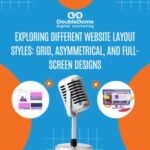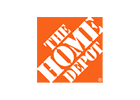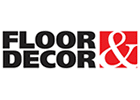
/
RSS Feed
In this episode, we delve into three prominent website layout styles—Grid, Asymmetrical, and Full-Screen Designs—exploring their unique characteristics, benefits, and best practices.
Grid Layout:
- Structure and Organization: Utilizes a grid system of rows and columns to create a balanced and symmetrical appearance, ideal for clean and professional websites.
- Flexibility: Facilitates easy alignment and positioning of content elements.
- Consistency: Promotes a cohesive visual experience across the website.
- Responsive Design: Adapts seamlessly to various screen sizes and devices.
- User-Friendly Navigation: Enhances intuitive navigation, aiding users in finding information effortlessly.
Asymmetrical Layout:
- Visual Hierarchy: Employs varying sizes, shapes, and positions to draw attention to specific elements and create a sense of movement.
- Creativity and Uniqueness: Encourages breaking away from traditional design norms, offering artistic freedom and dynamic visual impact.
- Balance: Requires strategic use of color, white space, and content placement to maintain harmony despite inherent irregularity.
- User Engagement: Captivates users’ attention, encouraging exploration through visual interest and surprise.
Full-Screen Design:
- Emphasis: Occupies the entire screen to highlight specific content, ensuring it stands out.
- Simplicity: Eliminates clutter, fostering a clean and minimalist aesthetic that enhances content impact.
- Storytelling: Ideal for presenting compelling narratives or showcasing high-resolution visuals in an immersive manner.
- Mobile-Friendly: Adapts well to smaller screens, providing a seamless experience across devices.
Join us as we discuss how to choose the right layout style to create visually appealing and user-friendly websites, considering your site’s goals, target audience, and content type.








